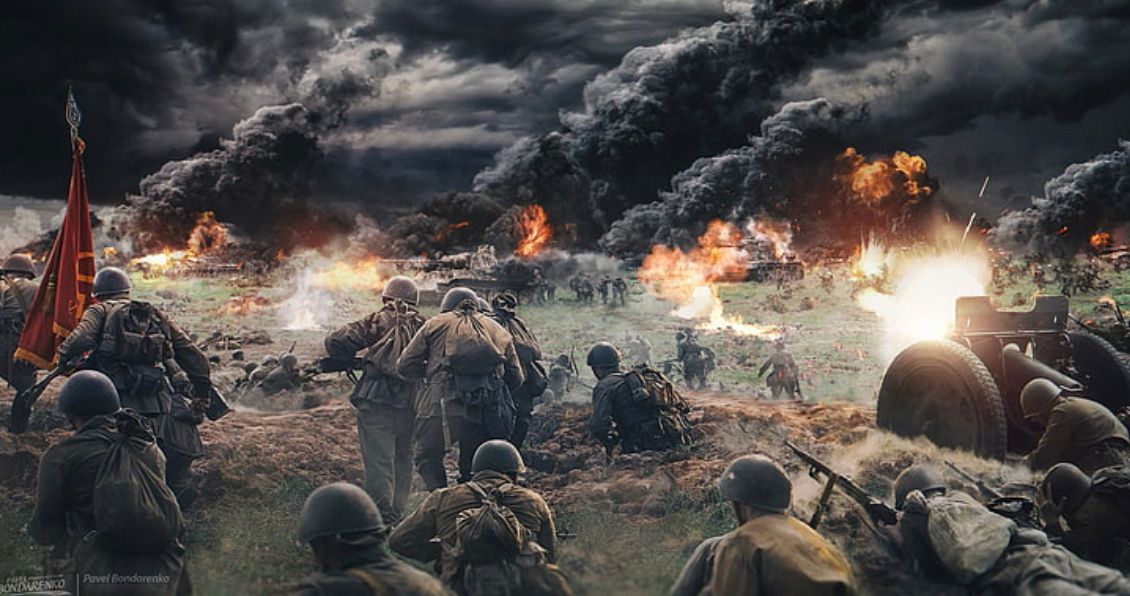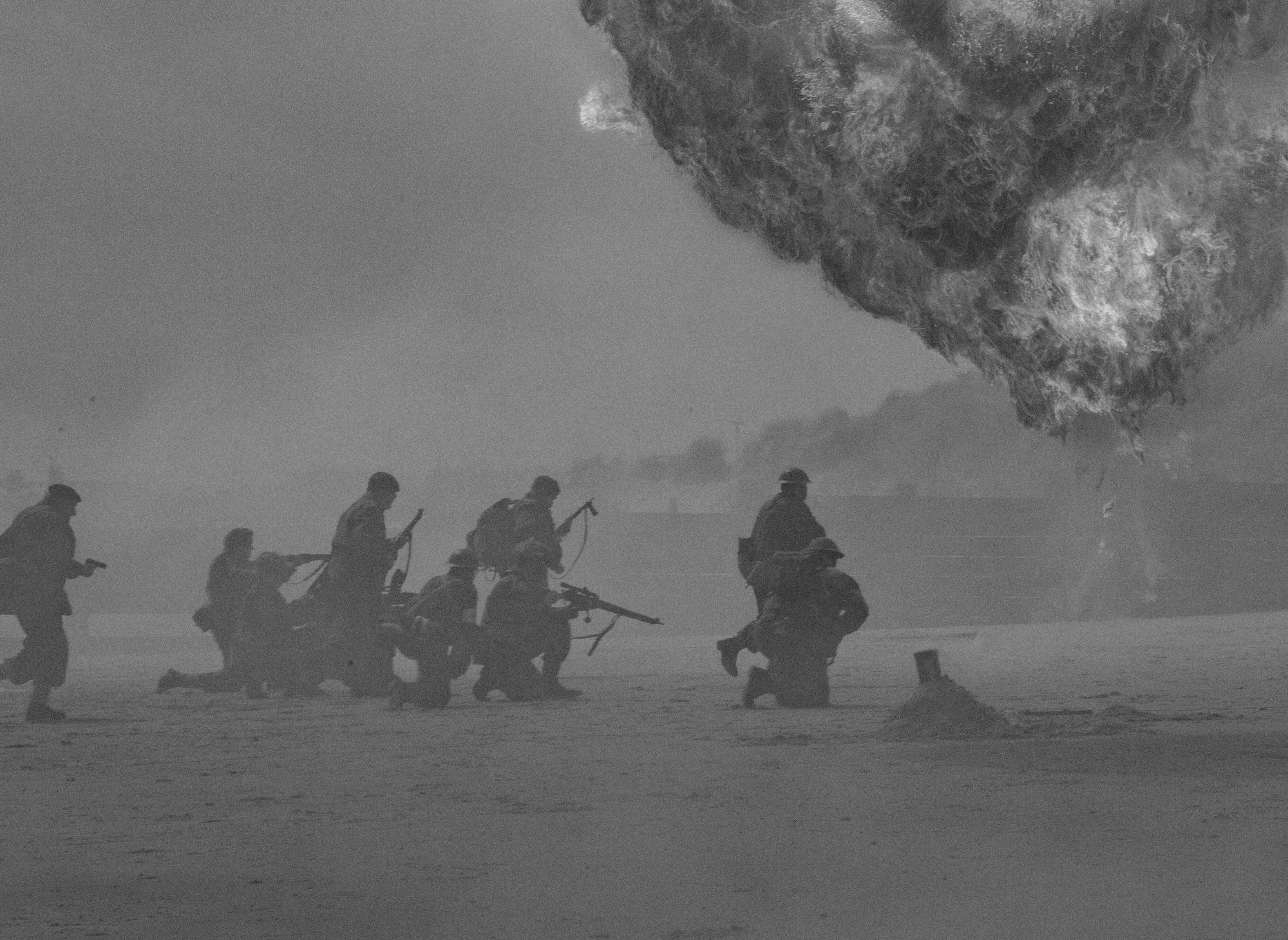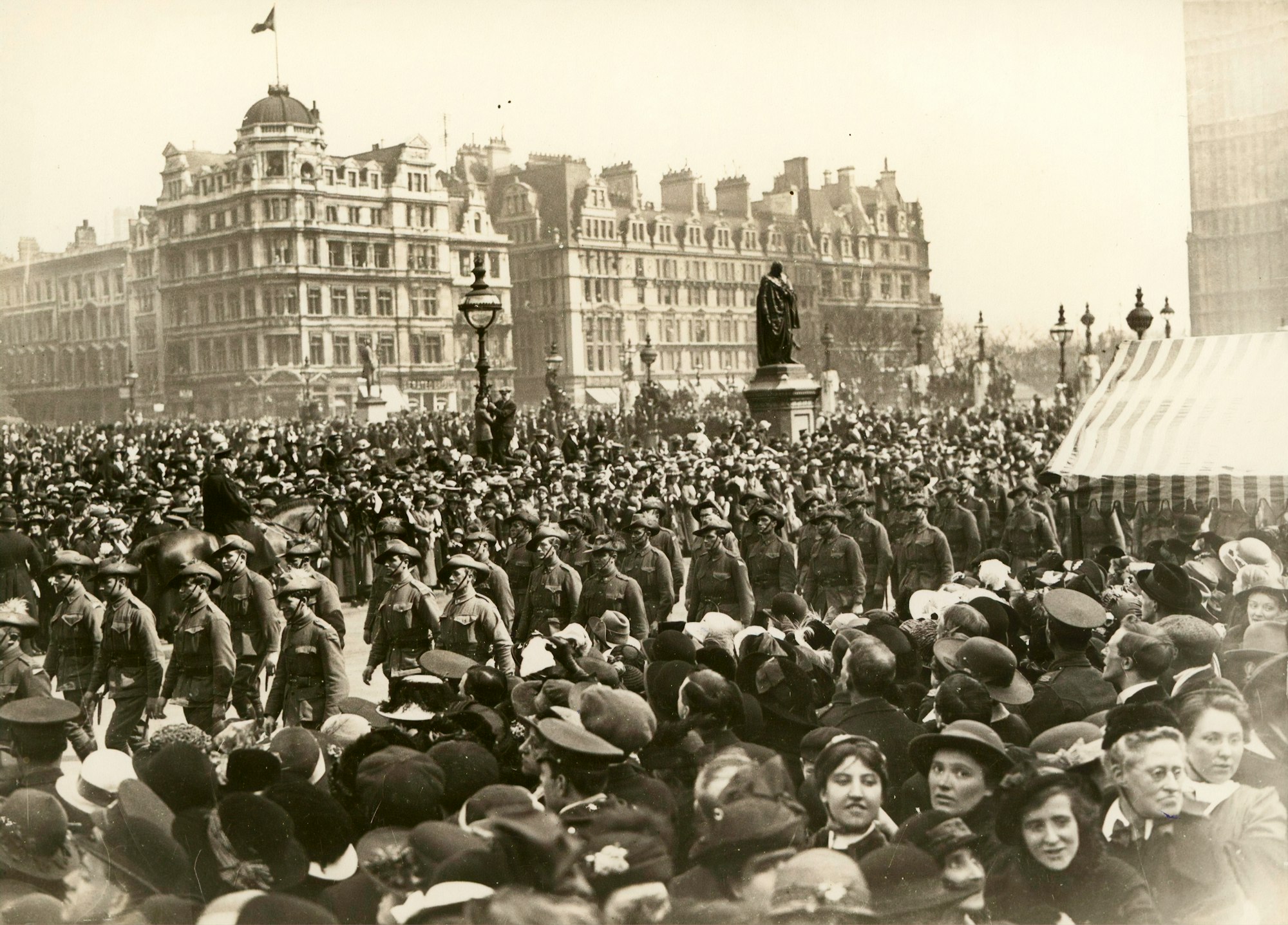The Siege of Lille

Si vis pacem, para bellum. If you want peace, prepare for war. – Winston, John Wick Chapter 3
Although I appear as a cultural aficionada, I cannot claim to be a movie guy. In fact, as much as it pains me to admit, I had not watched the movie ‘Dunkirk’ until merely a few weeks ago. Yes, I, the history guy, had not watched perhaps the most acclaimed historical movie for years, and am still yet to touch ‘Saving Private Ryan’, ‘All Quiet on the Western Front’, ‘1917’ and surely countless others. Please do send in recommendations.
And so, my natural course of action was to order Martin Gilbert’s ‘Second World War’, a 750 page “brief” account of WWII. Light reading. And yet, it took weeks to pick it up, its tremendous size and weight scaring me as though I was a frightened soldier on the beaches, on the waves or fighting on the front. Today, I have risen to the challenge, but I have chosen to look at another important battle, far from the beaches.
The Siege of Lille was an instrumental fight between 40,000 French men with 50 tanks, and about 160,000 Germans with 800 tanks. Amongst the Germans was the division led by Erwin Rommel, the formidable military tactician and innovator. From the 28th May until the 1st June, the French managed to withhold German troops until they were forced to surrender, enabling the survival of hundreds of thousands of British troops.

The French forces managed to capture a German patrol with Lieutenant-General Fritz Kühne, commander of the 253rdInfantry Division. He had documents showing positions of German troops surrounding Lille, which was instrumental in the battle of the 28th May. At 1930, two corps attempted to break out on the west side of Lille, whilst others tried to cross bridges which had been mined by the Germans. Simultaneously, five divisions of the French First Army fought from house to house, stopping German infiltrations through French defences. Ultimately, the remaining French forces were surrounded and captured – 349 officers, 34,600 troops surrendered as they were on the brink of death, not from battle scars but a lack of food and ammunition. The German commander, General Alfred Wäger, allowed the French the honours of war, as they were paraded through the Grand Place with German troops standing to attention whilst drums were played. He was later reprimanded for granting this honour, though the brilliance of French resistance was not lost on him, and they were the only troops honoured in the entire 1940 campaign. They are also the only French soldiers alongside those who defended Fort Vaux at Verdun in 1916 to receive this recognition by Germany.

Many French troops escaped, reaching the 7e Armée on the Somme. Churchill said that the ‘gallant stand’ in Lille ‘helped the beleaguered Anglo-French forces around the port to hold out for an additional two to three days and thus save at least 100,000 more troops’. According to Douglas Fermer, the defence of Lille diverted 7 German divisions during the evacuation of Dunkirk, holding them off for four days in spite of an inevitable failure.
Indeed, Churchill was right. ‘We shall fight in the fields and in the streets, we shall fight in the hills’. The French did just that.